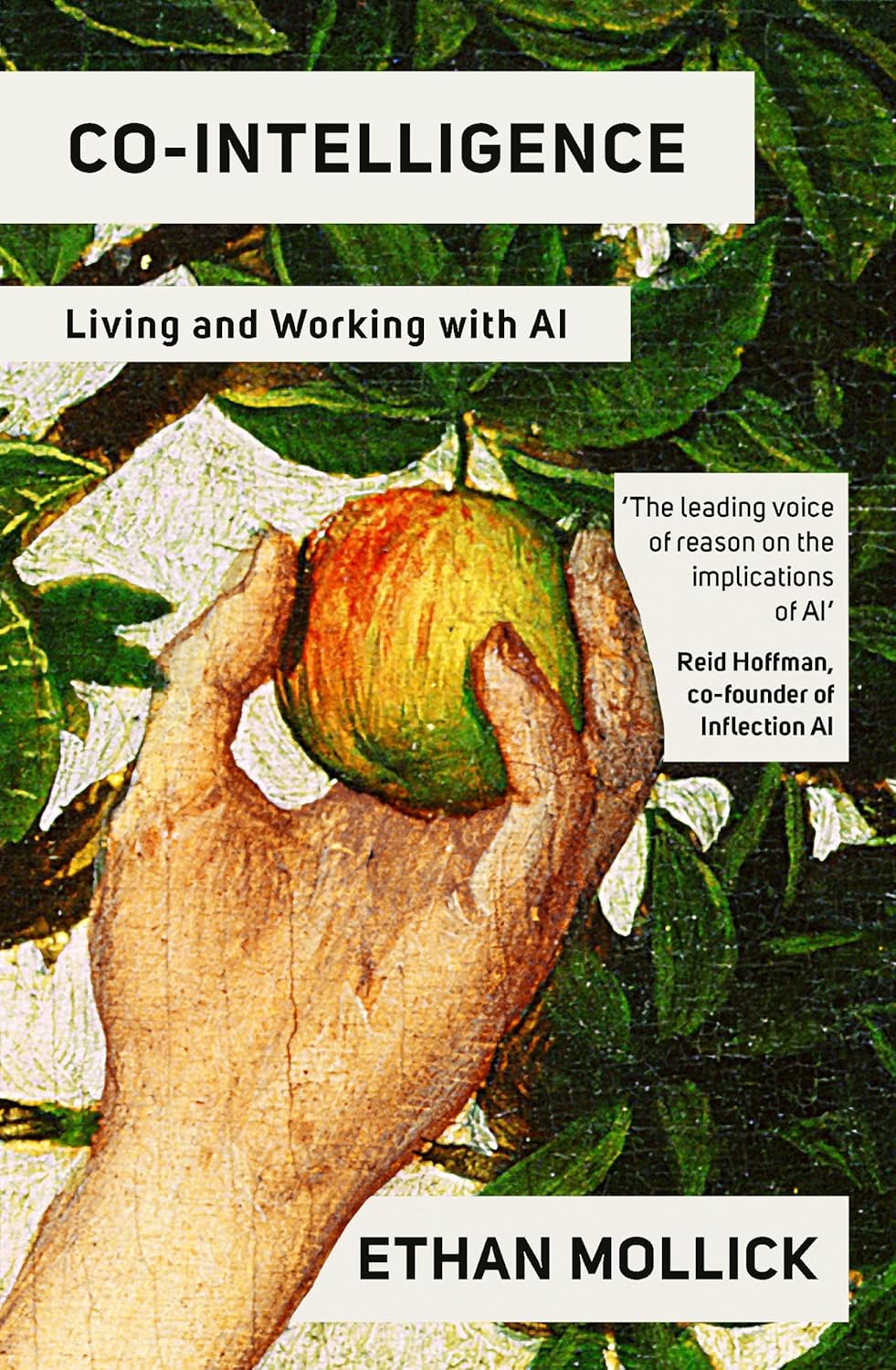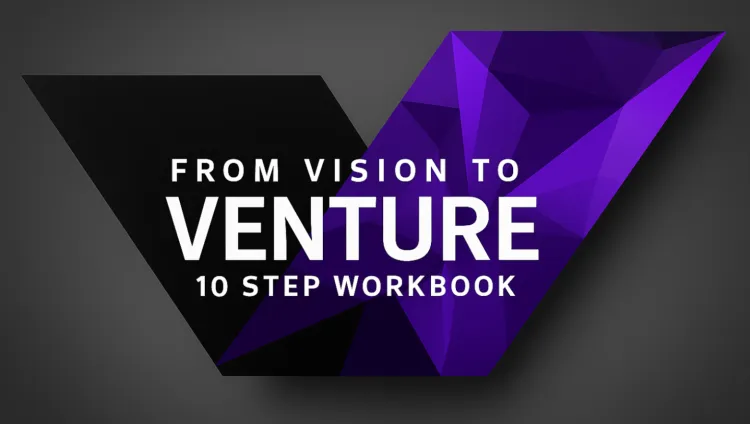Prompt engineering isn't just a trendy skill—it's your survival mechanism. The brutal reality is that AI will replace tasks, not people who know how to direct AI. While most people fumble with basic prompts, missing most of AI's potential, there's a scientific framework that separates the disappointed from the pros.
Google's research shows that the average successful prompt contains 21 carefully chosen words, while most users default to less than 9 words. That gap represents the difference between getting generic, often useless outputs and engineering precise, valuable results that can transform your future.
This isn't about playing with chatbots. This is about mastering the exact methodology that Google teaches internally—the TCREI formula—which works across all Generative Artificial Intelligence (Gen AI) models including ChatGPT, Claude, Gemini, Grok, and the likes!
By the end of this article, you'll own the complete formula to direct the AI to give you what you actually want!
The Paradigm Shift: From AI Consumer to AI Director
The world has fundamentally changed. What used to take teams of analysts days to research can now be done in minutes—but only if you know how to ask the right questions. The paradigm shift isn't about just using AI; it's about engineering AI outcomes.
This matters deeply for entrepreneurs, investors, and independent thinkers because the stakes have never been higher. While employees often struggle with basic AI interactions (thanks cautious IT department!), entrepreneurs have the opportunity to build systems that compound your capabilities exponentially. The TCREI framework isn't just a prompting method—it's your competitive advantage in an AI-driven economy.
The TCREI Formula
T for Task
The Task is the foundation of every effective prompt. It's not just telling AI what to do—it's about defining a clear, actionable mission that includes both a persona and a specific format.
The Persona Factor
The persona instruction activate the AI's relevant knowledge patterns and sets the tone for sophisticated analysis.
Example:
- Bad: "Tell me about this company"
- Good: "Act as a technology equity analyst and provide a comprehensive investment thesis for Nvidia, including market positioning in AI chips, competitive advantages in data center GPUs, and potential risks from custom chip development by hyper-scalers"
Notice how the good example specifies the persona (technology equity analyst), the action (provide investment thesis), and the format (comprehensive analysis with specific components).
Format Specification
Always define how you want the output structured, like for example:
- Bulleted list for quick scanning
- Table for data comparison
- Executive summary with detailed sections
- Step-by-step action plan
C for Context
Context transforms mediocre outputs into exceptional insights. The key is answering three critical questions:
- User Background: What's your level of expertise?
- Success Definition: What does the perfect outcome look like?
- Environment: What constraints or specific conditions apply?
Example:
- Without Context: "Analyze Tesla's stock"
- With Context: "I'm a growth investor with a 7-year investment horizon, focused on listed companies disrupting traditional industries. I'm considering Tesla for 5-15% of my portfolio. Analyze Tesla's competitive moat in the EV market, considering new entrants like Rivian and traditional automakers' electric transitions. Focus on sustainable competitive advantages and potential disruption risks."
The context transforms a generic analysis into targeted intelligence to foster – after your thorough verification! Remember: Do your own research. Always! – your investment analysis.
Common Context Mistakes:
- Information Overload: Including irrelevant background that confuses the AI
- Vague Success Criteria: Not defining what "good" looks like
- Missing Constraints: Ignoring practical limitations like budget or timeline
R for References
References are your secret weapon for consistency and quality. They teach AI through examples, dramatically improving output relevance.
The Science Behind References
Research shows that few-shot prompting (providing 2-5 examples) significantly outperforms zero-shot prompting. You're essentially training the AI on your preferred style and format within the conversation.
Strategic Reference Selection:
- Relevance: Examples should match your specific use case
- Quality: Use only high-quality references you'd want replicated
- Diversity: Include varied examples to prevent overfitting to one style
- Edge Cases: Include challenging scenarios to improve robustness
Example:
Reference Format - Market Analysis:
Industry: Enterprise Software
Market Size: $X billion (2024)
Growth Rate: X% CAGR
Key Players: [Company A, Company B, Company C]
Trends: [3-4 key trends]
Opportunities: [Specific opportunities]
Threats: [Potential disruptions]When to Skip References:
- Abstract creative tasks
- Exploratory brainstorming
- When you want completely novel approaches
E for Evaluate
Evaluation is where you can really make a difference. Never accept the first output—always assess and refine.

The Human-in-the-Loop Approach
Inspired from reading Ethan Mollick's recent book "Co-Intelligence: Living and Working with AI," I've got to mention that successful AI collaboration requires active human oversight. You're not just prompting; you're directing an AI partner.
Evaluation Criteria:
- Accuracy: Are facts verifiable and correct?
- Relevance: Does it address your specific needs?
- Completeness: Are all requested elements present?
- Actionability: Can you immediately use these insights?
Red Flags to Watch:
- Generic advice that could apply to any company
- Missing specific context you provided
- Logical inconsistencies or contradictions
- Hallucinated facts or statistics
Example:
For a competitive analysis prompt, check:
- Are competitor names correct and current?
- Do market size figures align with industry reports?
- Are the strategic recommendations specific to your context?
- Does the analysis consider your stated constraints?
I for Iterate
Iteration transforms good outputs into exceptional insights. Most users stop at the first response—professionals (and lean startups) iterate systematically.
The Four Iteration Methods:
- Framework Revisiting: Add more context, better examples, or clearer task definition
- Prompt Segmentation: Break complex requests into smaller, focused prompts
- Alternative Phrasing: Switch approaches—ask for "strategic threats and opportunities" instead of "competitive analysis"
- Constraint Introduction: Add specific limitations to focus the output
Beyond TCREI: Advanced Techniques for Complex Reasoning
Chain of Thought: Breaking Down Complex Problems
Chain of Thought (or CoT) prompting helps AI reason through complex problems step-by-step, dramatically improving accuracy for analytical tasks.
When to Use CoT:
- Strategic planning with multiple variables
- Investment decision frameworks
- Market entry analysis
Implementation: Simply add "Let's think step by step" or "Walk me through your reasoning" to your prompt.
Tree of Thoughts: Exploring Multiple Scenarios
Tree of Thoughts (or ToT) allows AI to explore multiple reasoning paths simultaneously, perfect for strategic planning and creative problem-solving.
Strategic Planning Application:
We're considering entering the Southeast Asian market. Explore three different entry strategies:
1. Direct investment with local partnerships
2. Acquisition of existing local player
3. Licensing/franchise model
For each strategy, analyze:
- Required investment
- Timeline to profitability
- Risk factors
- Scalability potentialWhen to Use Tree of Thoughts:
- Multi-scenario planning
- Creative strategy development
- Risk assessment with multiple variables
- Complex decision-making with trade-offs
Essential Resources for Mastery
Google's Prompting Essentials Course: Google's free 9-hour course on Coursera covers the TCREI formula in depth, with hands-on exercises and real-world applications. What if you don't have 9 hours?? Check out our take on it in under 11 minutes and applicable to all Gen AI models. You can find it here on YouTube!
Google's Prompt Engineering Whitepaper: as a technical companion, this whitepaper dives deep into the science behind effective prompting, including advanced techniques and research-backed best practices.
Action Steps:
- Start with one TCREI element today—improve your task definitions
- Practice with low-stakes business scenarios
- Document what works for your specific use cases
- Build a library of tested prompts and references
Your AI-Powered Future
The TCREI formula isn't just about better AI prompts—it's about building systems that amplify your capabilities as an entrepreneur, investor, and independent thinker. While others struggle with basic AI interactions, you now own Google's methodology.
As we continue to navigate this AI-driven transformation, the future belongs to those who can direct AI effectively. Which will lead us to... AI agents!




